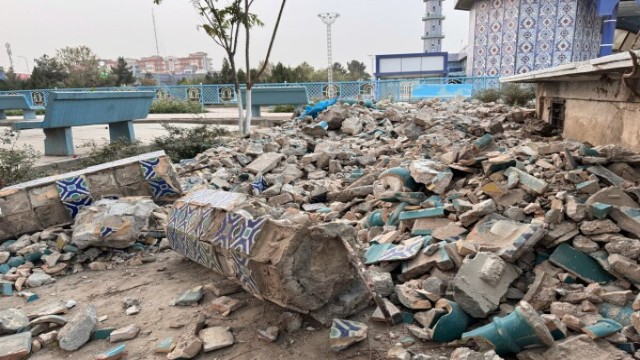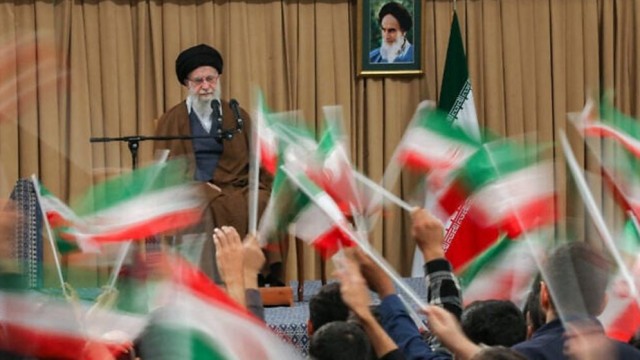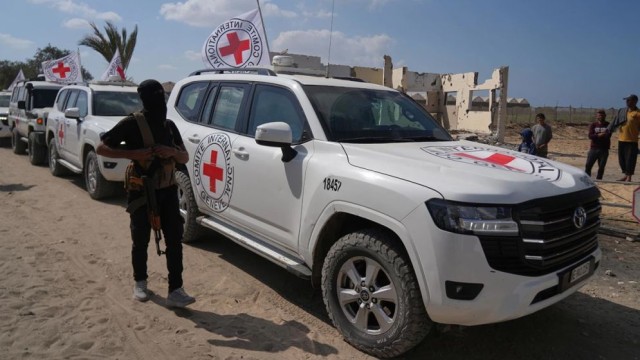Kabul, Nov 05 (V7N) — Northern Afghanistan is reeling after a powerful 6.3-magnitude earthquake struck near Mazar-i-Sharif early Monday, leaving at least 27 people dead, nearly 1,000 injured, and hundreds of homes destroyed. The tremor also caused significant damage to the city’s historic Blue Mosque, officials confirmed.
The Afghanistan National Disaster Management Authority (ANDMA) reported that hundreds of houses were either completely or partially destroyed, raising serious concern as the country approaches the harsh winter season, when temperatures drop below freezing.
Aid organizations warned that the situation could worsen due to limited access to remote regions, poor road infrastructure, and damaged health facilities. “The challenges for relief workers are immense,” said Hosam Faysal, Head of Delegation for Afghanistan at the International Federation of Red Cross and Red Crescent Societies, speaking to reporters in Geneva via video link from Kabul. “Winter is already adding to the complexity of the crisis.”
According to the Ministry of Public Health, at least 956 people have been injured, while many others remain missing. The World Health Organization (WHO) confirmed that several healthcare centers in the affected provinces were damaged, further complicating rescue and medical efforts.
In Tangi Tashqurgan, one of the areas closest to the epicenter, residents were seen digging through debris on Tuesday to recover belongings and reinforce partially damaged homes. Mohammad Yasin, a local shopkeeper, said, “Dozens of structures have been damaged or destroyed. If you go inside the shops, you feel afraid they might collapse any moment.”
The earthquake adds to the growing list of humanitarian challenges facing Afghanistan’s Taliban-led administration, which is already struggling with reduced foreign aid, severe economic hardship, and the mass deportation of Afghan refugees from neighboring countries. It follows another devastating quake in August that killed thousands in eastern Afghanistan.
The United Nations and several nations, including India and China, have pledged emergency aid to assist victims and support rebuilding efforts. India’s commitment comes amid a cautious thaw in its relationship with the Taliban government, which remains under international sanctions.
Afghanistan, surrounded by rugged mountains and located in a seismically active region, experiences frequent earthquakes that claim hundreds of lives each year. On average, around 560 people die annually in quakes, causing damage worth an estimated $80 million, according to government and UN data. Experts have urged the country to adopt earthquake-resistant construction methods and retrofit existing buildings to minimize casualties in future disasters.
ANDMA spokesperson Yousuf Hammad noted that the relatively lower death toll this time was due to the sparsely populated epicenter, better construction standards, and flatter terrain compared to the August earthquake.
END/WD/AJ/





























Comment: